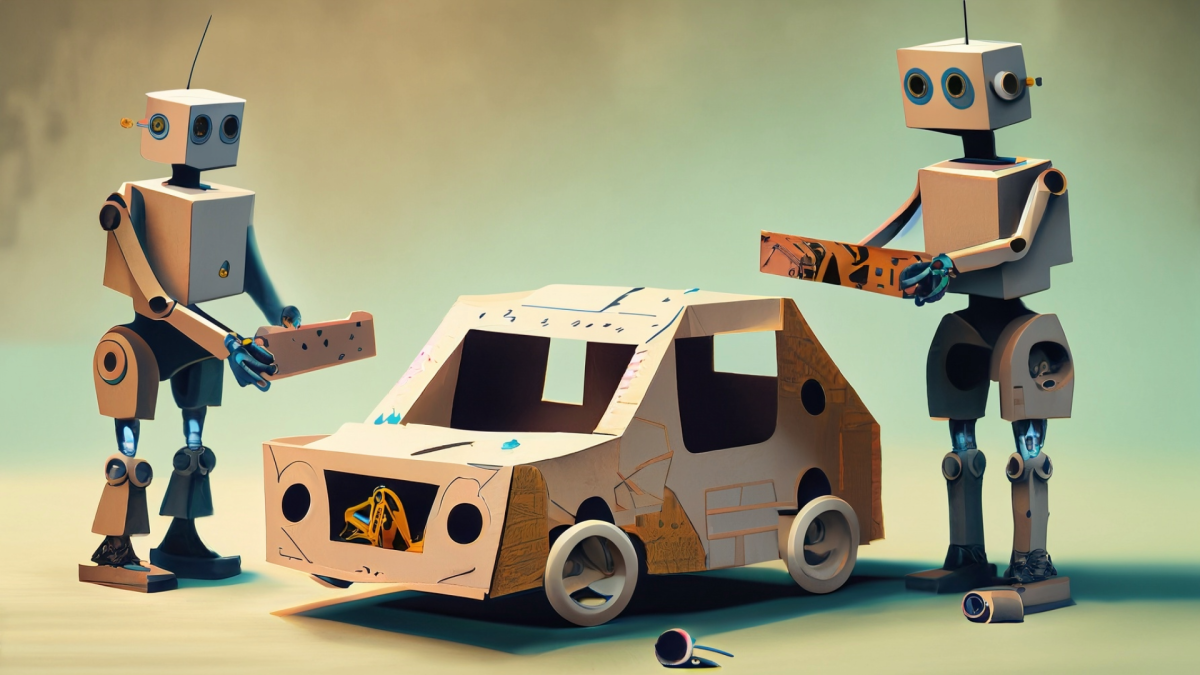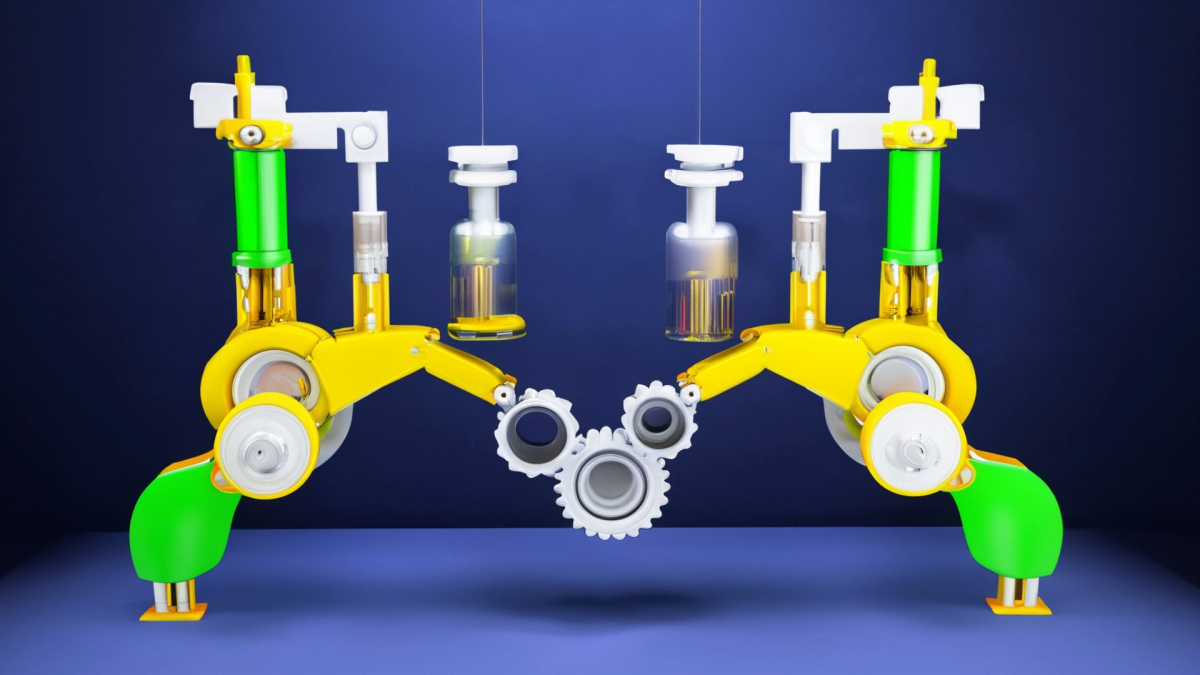Grades:
6th Grade
In this lesson, students will identify the significance mean, median, and mode while collecting data and making observations about a collection of items in their home. Making these connections will
Grades:
3rd Grade, 4th Grade, 5th Grade
In this hands-on lesson, students plan and build a bridge that can hold at least 6 pounds using popsicle sticks and hot glue. This lesson helps students understand load transfer of weight and the
Grades:
5th Grade
Summary: Today we will observe and test five known mystery powders, identify examples of physical and chemical reactions to determine who committed the crime. Materials: 6 teaspoons or small spoons
Grades:
6th Grade, 7th Grade, 8th Grade
Students will learn how to create a 3D avatar using Tinkercad and develop their digital design skills. Students will explore the concept of avatars and the role they play in digital media.
Grades:
4th Grade
In this hands-on lesson, students investigate how a solar panel can change energy from sunlight into electrical energy. They also determine how water flows out of the fountain. With the use of a
Featured
Scatterplots Using Stomp Rockets
Grades:
8th Grade
Students will use stomp rockets to collect data. With this data they will create and analyze trends of a scatterplot.
Grades:
Kindergarten
Students will be able to observe and recognize that a thermometer is a device that is used to measure a change in temperature.
Grades:
7th Grade
In this engaging lesson, students will use 2-3 days to build a land yacht with Lego BricQ sets. They will test different winds and angles, and then use their lab to introduce Newton's third law of
Grades:
Kindergarten, 1st Grade, 2nd Grade, 3rd Grade
The students will create a Three Sisters Garden by participating in a teamwork activity, listening to a read aloud, watching a video, creating a diagram, planting the garden, and creating a video
Grades:
8th Grade
This activity can be classified as Performance Based Learning. Student teams take on the role of engineers as they redesign existing packaging that is already in the market. The math focus is on
Grades:
5th Grade
Who said candy?! In this hands-on lesson, students create rock candy using hot water and Kool-Aid flavoring. They will mix materials together and observe their creation.
Grades:
Kindergarten
Students will analyze shadows to determine how light moves and changes throughout the day.
Grades:
5th Grade
This is the 2nd part in a 4-lesson series. This lesson is on the fins and how they work with balanced and unbalanced forces. Students will need the worksheet, the article for read and reflect, foam
Grades:
6th Grade
In this lesson, students will calculate the surface area of rectangular prism, first constructed and then deconstructed and make observations about any potential differences. Making these connections
Grades:
6th Grade
Students will plant and observe plants from seed to full germination while making observations on growth in this engaging lesson. This will be done using a science notebook to record germination
Grades:
5th Grade
Students will be using their science and math knowledge to engineer a golf course! This is a great way for students to use that knowledge in a real life way! Students get the chance to explore how
Grades:
6th Grade
In this unit, students will study the effects of acid rain and chemically engineer an environmentally friendly solution to neutralize the acid in a simulated river contaminated by factory run-off
Grades:
5th Grade
This is the second lesson in the series of lessons comparing how garden growing techniques determine plant growth/production. In this lesson, students will research the best types of plants to grow
Grades:
3rd Grade, 4th Grade, 5th Grade, 6th Grade, 7th Grade, 8th Grade, 9th Grade, 10th Grade, 11th Grade, 12th Grade
In this hands-on lesson, students use the engineering design process (EDP) to create a prototype of a device that can prevent squirrels from accessing a bird feeder. This is a great way to integrate
Grades:
6th Grade, 7th Grade, 8th Grade
Model Building For Disaster is a 4-6 week unit in which students research natural disasters around the world and their effect on developing countries. Following their research, student teams design
Grades:
6th Grade, 7th Grade, 8th Grade
Summary: Students are coding and observing robots to try and determine all forces acting on the robot. Materials; Robots that can be coded to move in different ways. Laptops to code. Agenda The
Grades:
7th Grade
Students (over 2-3 days) use BricQ parts and pieces to create a lab to test how mass affects the distance a Lego piece will travel. This hands-on lesson was designed to introduce Newton’s law #2
Grades:
3rd Grade, 4th Grade, 5th Grade
Analyze and interpret data they have collected from an owl pellet dissection to answer a question. Use a dichotomous key to identify bones of prey species found in an owl pellet. List of Materials owl
Grades:
7th Grade
Students create a video-tutorial that talks about Direct and Inverse Variation in this creative lesson. This material will showcase their full understanding about the type of variation they have
Featured Lesson Plans
Check out these notable lesson plans.

Featured
Design a Course with Friction
Grades:
6th Grade, 7th Grade
In the second part of this lesson, students will now test how friction can change the speed of a RC car. Students will first test the RC car on three different surfaces of their choice and time them

Grades:
6th Grade, 7th Grade, 8th Grade
Calling all engineers, artists, scientists, and crafters! Our MAKER FAIRE is a venue for our “makers” to show off your talents, innovations, and creative solutions! Join the Maker Movement! Students

Featured
Rocket Science
Grades:
3rd Grade, 4th Grade, 5th Grade
This engaging lesson is a great introduction for space exploration units. This plan goes over the history of rockets, how they work, and how modern rockets help us explore the solar system. There are


